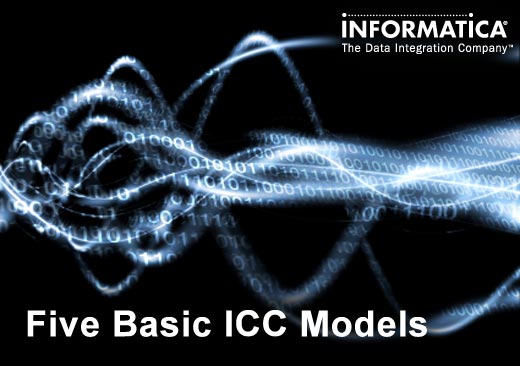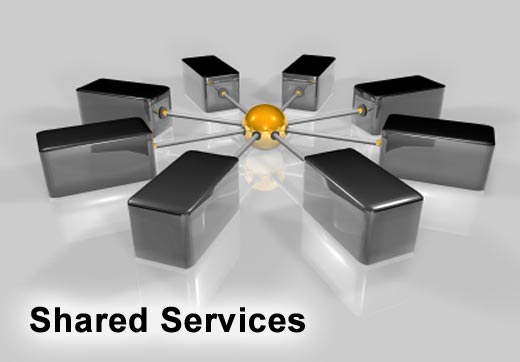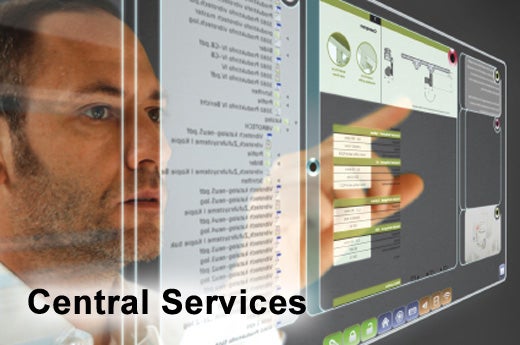If your company’s tired of reinventing the wheel with each integration project, it’s time to establish an integration competency center (ICC). Actually the concept works for business intelligence, data warehousing or any other group representing an integrated view of the company’s data, according to data integration vendor Informatica.
It says ICCs promote delivery of integration projects of better quality, that are produced faster and that cost less.
Through various models, integration competency centers document best practices, set common data definitions, establish standard technology platforms, create reusable interfaces and provide consulting expertise to project teams.
Informatica outlines five basic ICC models, each addressing people, processes and organizational framework. A number of factors should be considered when selecting the best model for your company, including organizational maturity with integration practices, size and geographic distribution of the company and staff, and the business reason for establishing the ICC. Match your priorities with the benefits most closely tied to that model.
Click through for descriptions of five ICC models, and match your priorities with the benefits most closely tied to that model.
If your priority is knowledge sharing, then the Best Practices model might be best. The simplest and least expensive model involves documentation and sharing of common practices across integration projects. Those in each project are able to learn from previous ones and each new team can share new or improved practices, rather than letting this knowledge scatter once a project is done. The Best Practices model defines processes and recommends appropriate technology, but the actual work is left to individual project teams.
If technology governance is a top priority, then the technology standards model might be the best approach. It standardizes development process on a single, unified technology platform, enabling greater reuse of work from project to project. This approach avoids the cost and time spent evaluating and selecting technology and prevents spending on redundant or overlapping software. Although neither technology nor people are shared, standardization creates mutual advantages across projects.
This model defines processes, standardizes architecture and maintains a centralized team for shared work, but most development work occurs in the distributed lines of business. This hybrid of centralized/decentralized makes the best use of resources.
If low development cost, rapid delivery and strong data governance are your priorities, then the Central Services model might be best. In this model, standards and processes are defined, technology is shared and a centralized team is responsible for all development work on integration initiatives.
If a high degree of user autonomy with strong IT controls is a top priority, then the Self Services model might be best. This model is most effective in well-defined problem domains where business users distinctly benefit from the ability to build their own integrated solutions, such as software-as-a-service products, rapidly without the direct involvement of IT staff.








